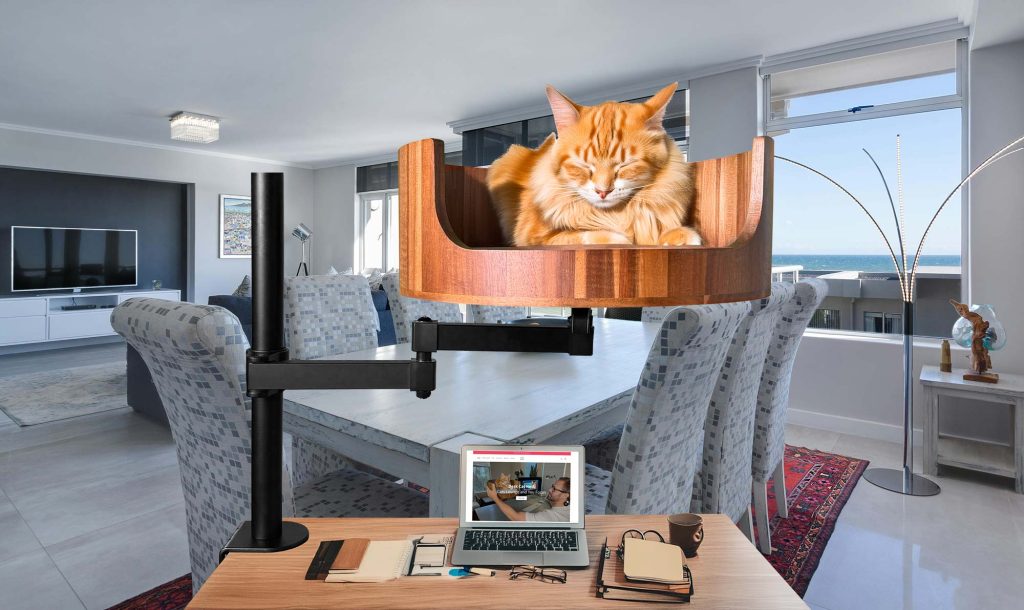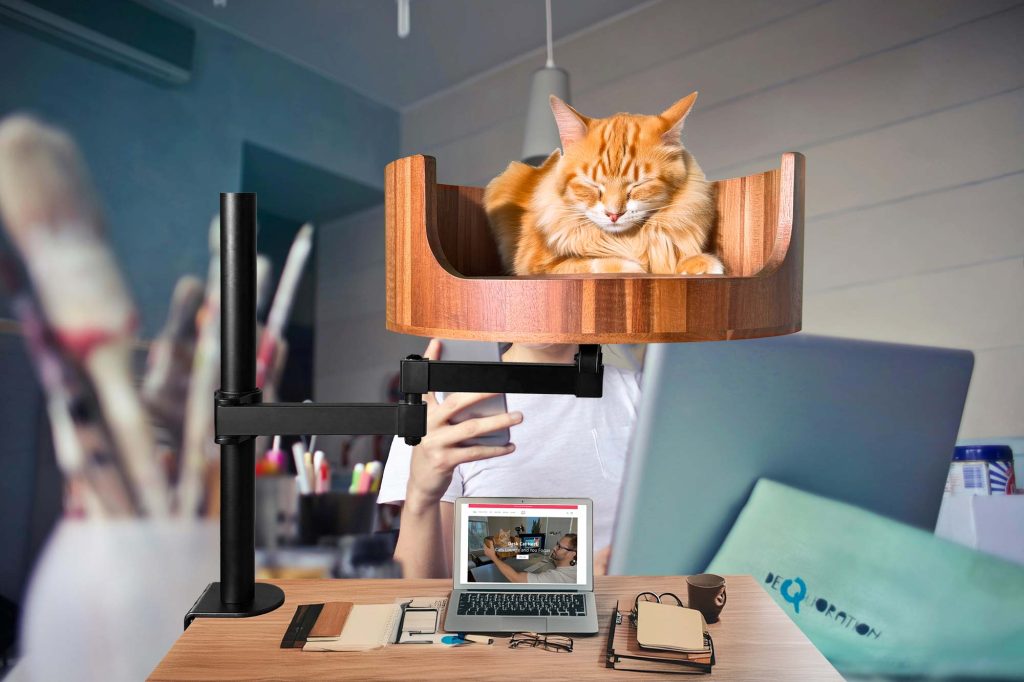If you have a feline friend at home, you may have noticed that they often let out a series of meows after finishing their meals. This behavior may leave you wondering why your cat is vocalizing in this way, and what it could possibly mean. In this article, we will explore the reasons behind why your cat meows after eating, and what it may reveal about their overall behavior and well-being.
Understanding your cat’s post-meal meows can provide valuable insights into their communication patterns and needs. From expressing satisfaction to seeking attention, these vocalizations can offer a glimpse into your feline companion’s inner world. By delving into the reasons behind this specific behavior, you can deepen your bond with your cat and ensure that their needs are being met. Join us as we uncover the mysteries behind why your cat meows after eating, and how you can best respond to their unique forms of communication.
1. Cats may meow after eating as a form of communication, expressing satisfaction or seeking attention.
2. Understanding your cat’s individual habits and behaviors can help strengthen the bond between you and your furry companion.
3. Meowing after eating could also indicate potential health issues, so it’s important to monitor your cat’s behavior for any changes.
4. Providing a comfortable and stress-free feeding environment can help reduce meowing post-mealtime.
5. Consulting with a veterinarian is recommended if excessive meowing persists or if there are concerns about your cat’s health.
Types of Meows
When a cat meows after eating, it could signify various things depending on the type of meow. Some common types of meows include the standard meow, the demanding meow, the chirp, the trill, and the yowl. The standard meow is typically used for general communication, while the demanding meow may indicate that your cat wants more food or attention. The chirp is often used as a greeting or a sign of excitement, while the trill is a combination of a meow and a purr often used by mother cats to communicate with their kittens. The yowl, on the other hand, can indicate distress or discomfort.
Reasons for Meowing After Eating
There are several reasons why a cat may meow after eating. One common reason is that they are simply expressing satisfaction or contentment after a good meal. Cats may also meow after eating as a way to communicate with their owners, seeking attention, or affection. In some cases, excessive meowing after eating could indicate medical issues such as dental problems, gastrointestinal issues, or hormone imbalances. It’s essential to observe your cat’s behavior and consult with a veterinarian if you notice any concerning patterns of meowing after eating.
How to Respond to Meowing After Eating
When your cat meows after eating, it’s crucial to pay attention to their body language and the context of the meow. If your cat seems content and relaxed after a meal, it’s likely just a sign of satisfaction. However, if your cat’s meowing is excessive or accompanied by other concerning symptoms, it’s essential to investigate further. Providing a stimulating environment, plenty of toys, and regular playtime can help reduce excessive meowing due to boredom or attention-seeking behavior. Additionally, ensuring your cat has a balanced diet and regular veterinary check-ups can help address any underlying medical issues that may be causing excessive meowing after eating.
Desk Cat Nest FAQ
Why does my cat meow after eating?
There are several reasons why your cat may meow after eating. It could be a sign of hunger, a request for more food, a reaction to the taste or texture of their food, or it could even be a sign of a medical issue. It’s important to observe your cat’s behavior and consult with a veterinarian if you have concerns.
How can a Desk Cat Nest help with my cat’s meowing after eating?
A Desk Cat Nest provides your cat with a comfortable and secure space to relax and feel cozy after eating. By creating a designated nesting area for your cat, they may feel more calm and content, which could help reduce excessive meowing.
Is a Desk Cat Nest easy to set up and maintain?
Yes, a Desk Cat Nest is typically easy to set up and maintain. Simply place it on a flat surface, such as a desk or table, and ensure it is stable and secure. To clean the nest, you can easily remove the cushion and wash it according to the manufacturer’s instructions.
Will my cat like using a Desk Cat Nest?
While every cat is unique, many cats enjoy having a cozy and elevated spot to retreat to. To encourage your cat to use the nest, you can place their favorite toys, blankets, or treats inside. Additionally, spending quality time with your cat near the nest can help them feel more comfortable using it.
Can a Desk Cat Nest help with other behavioral issues in cats?
While a Desk Cat Nest may provide your cat with a designated space to relax and unwind, it is not a guaranteed solution for all behavioral issues. If your cat is displaying concerning behaviors, it is important to consult with a veterinarian or animal behaviorist for personalized advice and guidance.
In conclusion, the Desk Cat Bed is a valuable choice for cat owners dealing with excessive meowing after eating. Not only does it provide a cozy and secure space for your feline friend to relax and digest their meal in peace, but it also helps reduce stress and anxiety, leading to fewer post-meal meows. With its durable and comfortable design, the Desk Cat Bed is the perfect solution for keeping your cat happy and content after mealtime. Choose the Desk Cat Bed for a peaceful and harmonious dining experience for both you and your furry companion.


